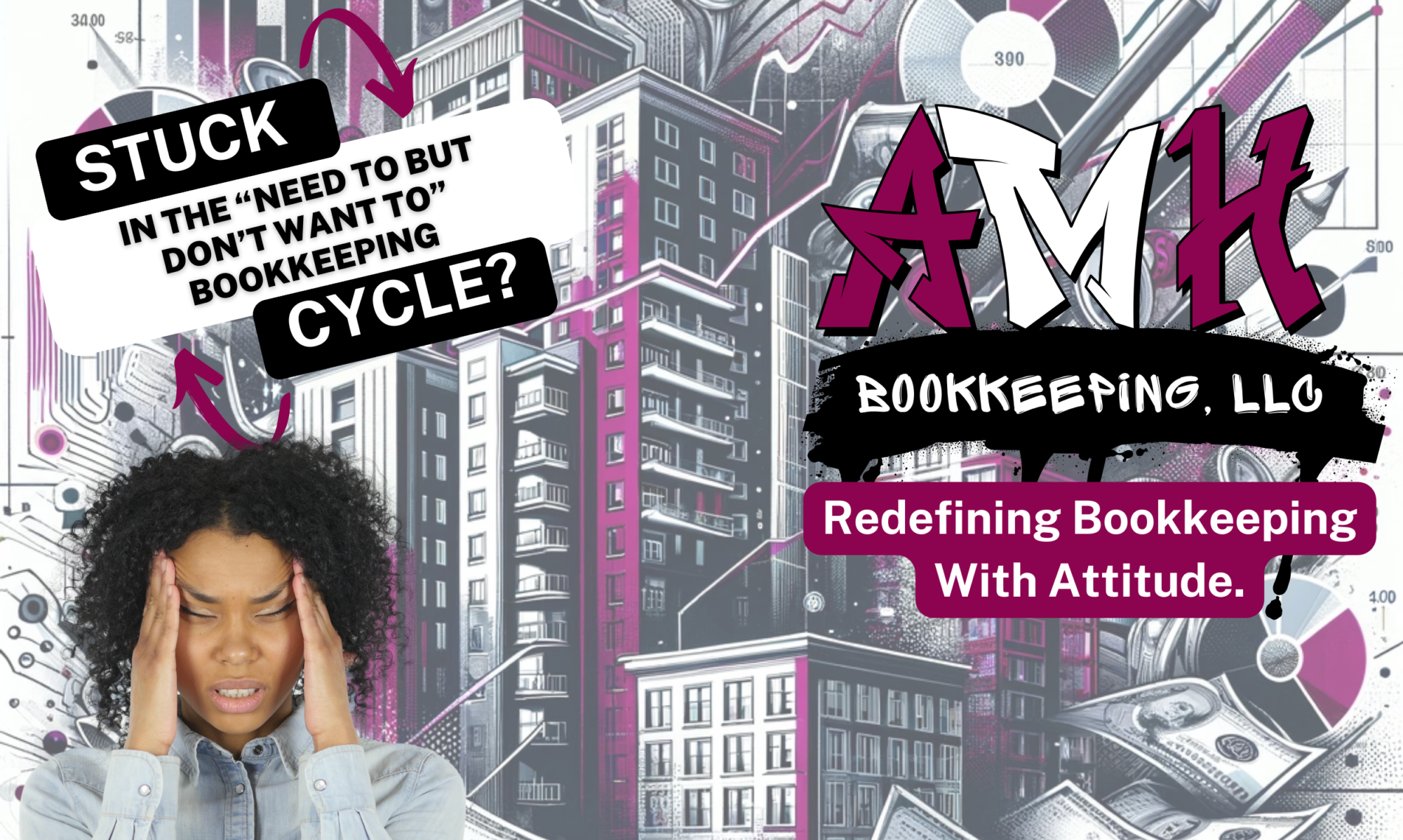One of my favorite things about helping business owners, particularly landlords, is discussing systems and processes. There is just something about providing solutions for a client and seeing that look on their faces that makes me happy.
One of the items on my list of implementable systems is Bank Accounts. For a rental property business, the setup of your banking information, as it pertains to your business, is crucial to creating and maintaining an efficient operation.
Let's get right into it.
The number of bank accounts I recommend any rental property business have is 3. An Operating account, a Security & Key Deposit account, and a Repairs account. The reason why I recommend having these accounts is because it helps keeps monies separate and helps ensure there is a reserve in case of large repairs.
The Operating account is where the rent goes. It is also the account that expenditures for business will come out of. Expenditures like office supplies, business credit card payments, and payments made to contractors. Owner's Draws can be taken from this account, too. You want to make sure to keep things simple with this account. Try to avoid paying for personal expenses out of this account. Simply do an owner's draw instead and transfer the funds to your personal account.
Next up, Security & Key Deposit account. This account is strictly for REFUNDABLE deposit payments, i.e. Tenant Security and Key Deposits. Some states even REQUIRE that these funds are separate from rental income. In the opinion of this bookkeeper, these funds should be separate no matter what the law says. If there is damage to the unit, the funds should first come from this account, out of the individuals security deposit and then from the repair account. Once the repairs are finished, you want to send the receipts to AMH so that I can properly invoice the tenant.
Lastly, your Repairs account. This account is so important. As you well know, the city can impose new ordinance requiring a new garbage enclosure on pavement for multifamily or that all driveways must be paved for single family and these updates to be compliant can cost THOUSANDS. Having this account set up will put you in a better position to handle those things, whenever they come up. The 2 sole purposes for this account is to offset the cost of getting a unit back in shape after a tenant WHEN the funds from their security deposit isn't enough to cover the repairs AND for compliance construction, updates, and major repairs like the roof, basement, etc.
It is always best to keep these funds split out so you can see exactly where you are with income, if you need to move some money for a major repair, and exactly how much is in your deposit account. If you have been operating your business from 1 account and would like to implement this strategy, schedule a call with AMH. I can help.













